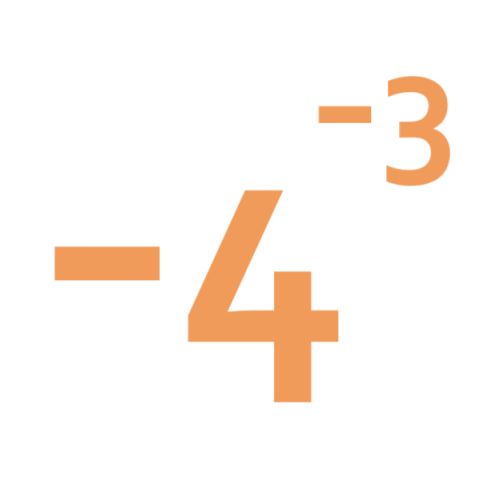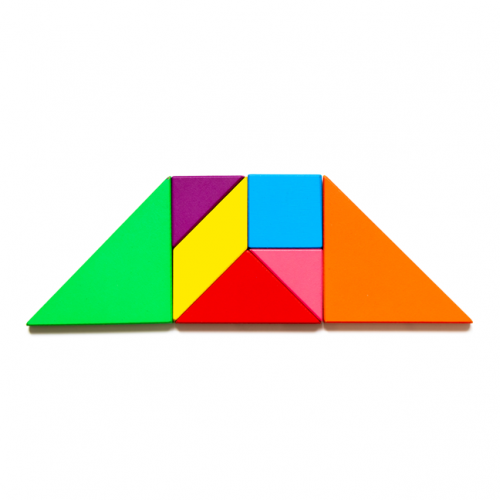Sprouts explained
Breaking the equation 'empirical argument = proof '
This article stems from research on the teaching of proof and offers guidance on how to move learners from focussing on experimental arguments to mathematical arguments and deductive reasoning.
Air nets
Geometry and gravity 2
Impossible sandwiches
The bridges of Konigsberg
Investigate how networks can be used to solve a problem for the 18th Century inhabitants of Konigsberg.
Yih or Luk tsut k'i or Three Men's Morris
Some puzzles requiring no knowledge of knot theory, just a careful inspection of the patterns. A glimpse of the classification of knots and a little about prime knots, crossing numbers and knot arithmetic.
What does it all add up to?

Binomial coefficients
An introduction to the binomial coefficient, and exploration of some of the formulae it satisfies.
A knight's journey
Picturing Pythagorean triples
This article discusses how every Pythagorean triple (a, b, c) can be illustrated by a square and an L shape within another square. You are invited to find some triples for yourself.
To prove or not to prove
Some circuits in graph or network theory
An introduction to proof by contradiction
Proof: a brief historical survey
Common divisor
Can you find out what numbers divide these expressions? Can you prove that they are always divisors?
Summing geometric progressions
Watch the video to see how to sum the sequence. Can you adapt the method to sum other sequences?
Network trees
Perception versus reality
Infographics are a powerful way of communicating statistical information. Can you come up with your own?
Mega quadratic equations
What do you get when you raise a quadratic to the power of a quadratic?
There's a limit
Unit interval
Dalmatians

Negative powers
What does this number mean? Which order of 1, 2, 3 and 4 makes the highest value? Which makes the lowest?
Always perfect
Show that if you add 1 to the product of four consecutive numbers the answer is ALWAYS a perfect square.
Calculating with cosines
If I tell you two sides of a right-angled triangle, you can easily work out the third. But what if the angle between the two sides is not a right angle?
Kite in a square
Can you make sense of the three methods to work out what fraction of the total area is shaded?
Always two
Find all the triples of numbers a, b, c such that each one of them plus the product of the other two is always 2.

Quad in quad
Join the midpoints of a quadrilateral to get a new quadrilateral. What is special about it?
Impossible sums
Which numbers cannot be written as the sum of two or more consecutive numbers?
Sixational
Curve fitter
This problem challenges you to find cubic equations which satisfy different conditions.
Difference of odd squares
$40$ can be written as $7^2 - 3^2.$ Which other numbers can be written as the difference of squares of odd numbers?
Back fitter
10 graphs of experimental data are given. Can you use a spreadsheet to find algebraic graphs which match them closely, and thus discover the formulae most likely to govern the underlying processes?
Iff
Take a triangular number, multiply it by 8 and add 1. What is special about your answer? Can you prove it?
Pent
The converse of Pythagoras
Can you prove that triangles are right-angled when $a^2+b^2=c^2$?
Proof sorter - quadratic equation
Leonardo's problem

A long time at the till
Try to solve this very difficult problem and then study our two suggested solutions. How would you use your knowledge to try to solve variants on the original problem?
On the importance of pedantry
A introduction to how patterns can be deceiving, and what is and is not a proof.
Telescoping functions
Where do we get our feet wet?
Why stop at three by one
Beautiful mathematics. Two 18 year old students gave eight different proofs of one result then generalised it from the 3 by 1 case to the n by 1 case and proved the general result.
Modulus arithmetic and a solution to differences
Sums of squares and sums of cubes
Transitivity
Modulus arithmetic and a solution to dirisibly yours
Continued fractions II
In this article we show that every whole number can be written as a continued fraction of the form k/(1+k/(1+k/...)).
Fractional calculus III
Fractional calculus is a generalisation of ordinary calculus where you can differentiate n times when n is not a whole number.
Sperner's lemma
Euler's formula and topology
A computer program to find magic squares
An alphanumeric
Powerful properties
The kth sum of n numbers
Euclid's algorithm II
We continue the discussion given in Euclid's Algorithm I, and here we shall discover when an equation of the form ax+by=c has no solutions, and when it has infinitely many solutions.
An introduction to number theory
An introduction to some beautiful results in Number Theory.
Proof sorter - the square root of 2 is irrational
Sixty-seven squared
Trig identity
In this short challenge, can you use angle properties in a circle to figure out some trig identities?
Proof sorter - sum of an arithmetic sequence
Fixing it
Gradient match
What can you deduce about the gradients of curves linking (0,0), (8,8) and (4,6)?
Turning to calculus
Get started with calculus by exploring the connections between the sign of a curve and the sign of its gradient.
Three by one
There are many different methods to solve this geometrical problem - how many can you find?
Big and small numbers in physics - group task
Patterns of inflection
Find the relationship between the locations of points of inflection, maxima and minima of functions.
Napoleon's hat
Three equilateral triangles ABC, AYX and XZB are drawn with the point X a moveable point on AB. The points P, Q and R are the centres of the three triangles. What can you say about triangle PQR?
Archimedes numerical roots
How did Archimedes calculate the lengths of the sides of the polygons which needed him to be able to calculate square roots?
Summats clear
Fibonacci factors
More dicey decisions
Polynomial relations
Pair squares
Stats statements
Are these statistical statements sometimes, always or never true? Or it is impossible to say?
Stonehenge
Diverging
Flexi quad tan
Flexi quads
A quadrilateral changes shape with the edge lengths constant. Show the scalar product of the diagonals is constant. If the diagonals are perpendicular in one position are they always perpendicular?
Tetra inequalities
Can you prove that in every tetrahedron there is a vertex where the three edges meeting at that vertex have lengths which could be the sides of a triangle?
